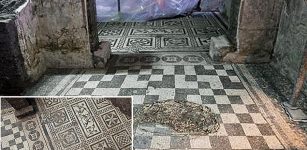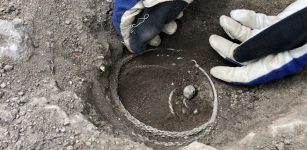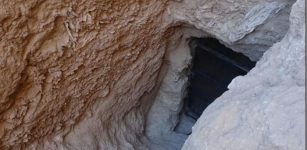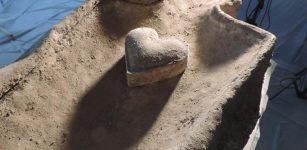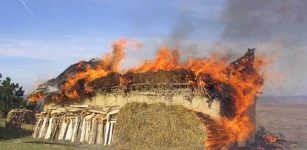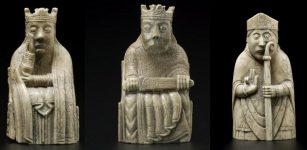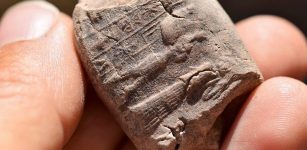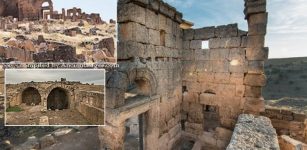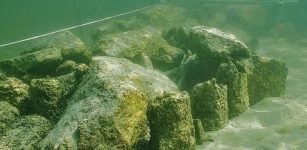Large Fortress And Wall Uncovered On The Nile Delta Mark Power Of Egypt’s Canal Of the Pharaohs
AncientPages.com - Impressive ancient walls belonging to a fortress located on Egypt's Canal of the Pharaohs, in Tell el-Maskhuta, has been unearthed by a team of Italian archaeologists working for the National Research Council (CNR).
The place of this discovery is now “one of the largest fortresses on the Nile Delta and most likely the best preserved from the age before that of ancient Rome,” ANSAmed reports.
The site Tell el-Maskhuta is situated in northeast of Cairo, along the Ismailia Canal and was already in the 1800s visited by archaeologists who documented a huge quadrangular walled city existing there.
Giuseppina Capriotti Vittozzi, manager of the Italian Archaeological Centre in Cairo informed that "an enormous wall, 22 meters long and eight meters high" was discovered in November and "it connects to the square fortress with two 12-metre-long walls."
The walls were just discovered as well, and "they constitute a different defensive structure of gigantic proportions" according to Vittozzi.
The site is in "Wadi Tumilat", a valley that was "a very ancient route connecting Egypt and the Levant, between the land of the pharaohs and Palestine, Syria, up to Mesopotamia," said Vittozzi describing the site. The area, a place of commercial and cultural exchange since ancient times, also revealed traces of an ancienty settlement of Hyksos, mysterious oreigners who played an important role in Egypt more than 3,500 years ago.
See also:
Hyksos: Foreign Rulers Of Avaris Who Founded The Fifteenth Dynasty Of Egypt
How The Hyksos Invasion Of Ancient Egypt Changed History
10 Fascinating Facts About Pharaohs
"The great complex, as it is known now, measures about 200 by 300 metres," Vittozzi said, relying on the opinion of Mohamed Abdel-Maksoud, an Egyptian archaeologist who is part of the CNR team and is specialised in fortresses.
Researchers have analyzed ceramics found at the site, and the results suggest that the revealed structure was added to the previous one in the Ptolemaic era (3rd-1st century B.C.).
The fortress makes up the part of the city whose ruins are still hidden by a dune measuring nearly one kilometre and running alongside the Ismailia Canal, known in ancient times as Tjekw, and known today as Tell el-Maskhuta.
The discovery was made public recently by the Egyptian Ministry of Antiquities.
Original story - here.
AncientPages.com



